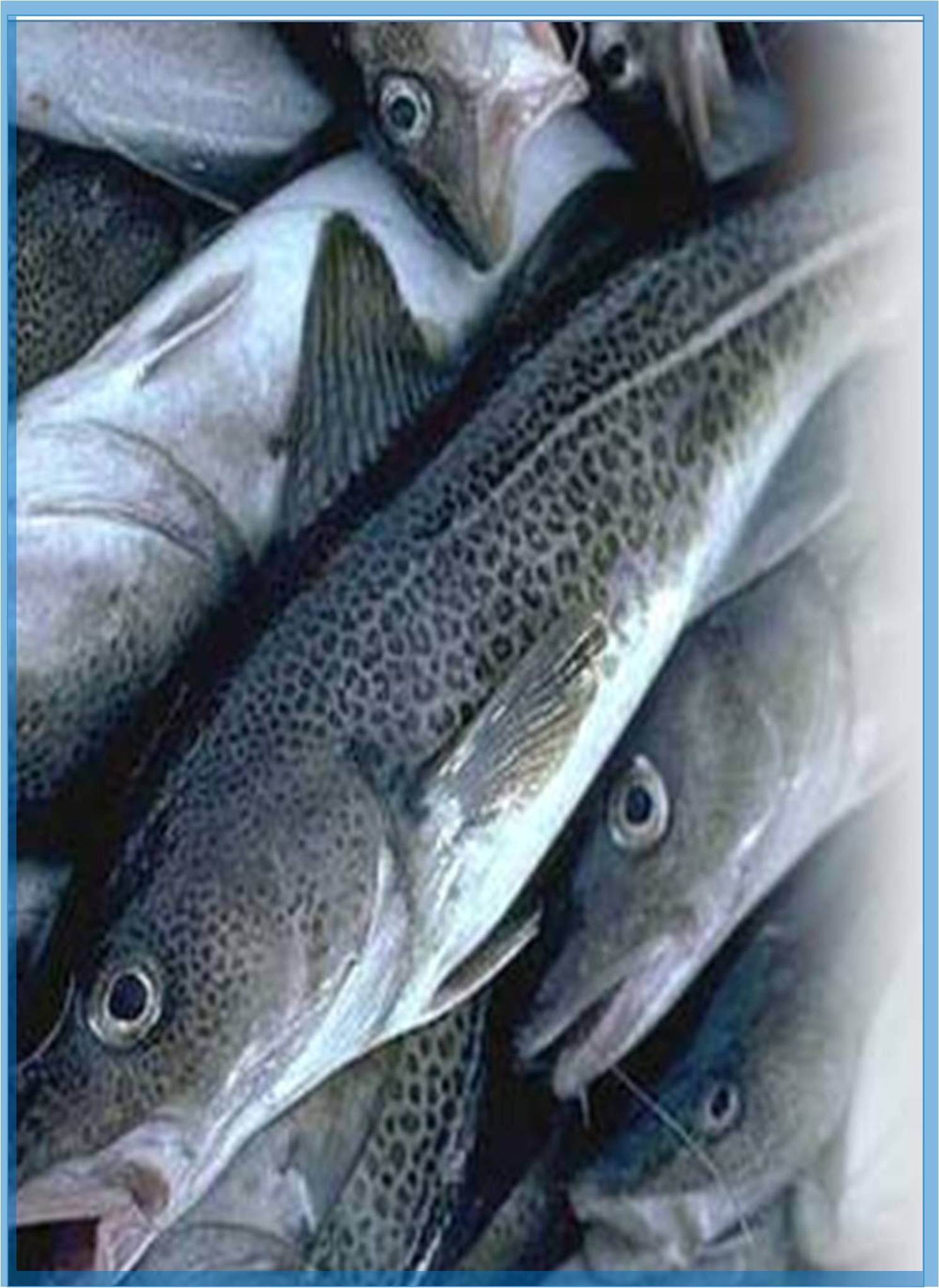



Received: 29-Nov-2022, Manuscript No. GJFA-22-82904; Editor assigned: 02-Dec-2022, Pre QC No. GJFA-22-82904 (PQ); Reviewed: 16-Dec-2022, QC No. GJFA-22-82904; Revised: 23-Dec-2022, Manuscript No. GJFA-22-82904 (R); Published: 30-Dec-2022, DOI: 10.15651/2408-5464.22.9.088
Bacterial fish diseases are very common and are one of the most difficult health problems to deal with. When fish are physiologically out of balance, nutritionally malnourished, or subjected to other stressors like poor water quality or overcrowding that promote opportunistic bacterial infections, these bacteria, which are typically saprophytic in nature, turn pathogenic (Acosta et al., 2022). Fish eggs, fry, and fingerlings have frequently been affected by bacterial infections that result in high mortality. These microbes are essentially opportunistic pathogens that infect fish hosts whose tissues have been made vulnerable to infection by stressors. Since the economic costs of bacterial illnesses to fish farming were unknown, their occurrence was not seen as a severe issue in our nation. The prevalence of ulcerative illness (EUS) in India and other Southeast Asian nations has drawn significant attention to the danger that disease epidemics pose to farmers (Mu, et al., 2022).
Numerous serious bacterial illnesses, including those caused by the bacteria Aeromonas hydrophila, Edwardsiella tarda, Pseudomonas fluorescens, and P. putrefaciens, Flexibacter columnar, Vibrio alginolyticus, and V. parahaemolyticus, as well as streptococcal septicaemia, mycobacteriosis, and enteric septicaemia, are frequently reported Bacterial infections can generally be divided into four categories (Quin et al, 2022). Fin rot, which is typically brought on by environmental stress, bacterial body ulcers, which are open, shallow to deep sores on the fish's body, and bacterial gill illness, which mostly affects the gills and systemic bacterial infection, wherein bacteria infiltrate and harm internal organs.
Bacterial skin disease, often known as red disease, is another bacterial disease that is frequently documented in fish culture. This bacterial illness is widespread. There are reddish patches on the torso, an abdominal depression, and enlarged eyes. There are several different bacteria involved, mostly Gram-negative rods.
Numerous infections, including Flexibacteria, Aeromonads, Vibrios, and others, are only found at skin sores (Srivastava, et al., 2022). On fins, there could be necrotic lesions (fin rot). The illness might spread widely and take on a more deadly form. Motile Aeromonas Septicaemia (MAS) is a significant bacterial disease that is frequently mistaken for red sickness in carp culture. This is likely the most prevalent bacterial illness that severely reduces freshwater fish culture's productivity. Several species of the genus Aeromonas, including A. hydrophila, A. sobria, A. caviae, A. schuberti, and A.veronii, have been linked to this disease (Verghese et al., 2022). High morbidity, frequently accompanied by superficial to deep skin lesions, and occasionally rapid death with or without any clinical symptoms are clinical indications of motile Aeromonas septicaemia. At the base of the fins, skin lesions with different-sized regions of necrosis and haemorrhage are frequently seen. It is frequently referred to as "red-disease" since it causes enlarged muscles, eyes, abdomen, and skin ulcers in addition to reddened places on the body. These lesions could develop into crimson to grey ulcerations with underlying necrosis. If prompt action was not taken, the fatality rate frequently reached 100%.
Yersinia ruckeri and Edwardsiella tarda caused enteric red mouth disease and edwardsiellosis are two less serious bacterial illnesses. There have been rare instances of the bacterial condition known as Columnaris, which most frequently affects the skin and gills of freshwater fish, occurring. Necrosis and erosions of the skin and gills are frequently seen in this epithelial illness, which has the potential to spread throughout the body. The condition is also known as saddleback disease because it typically affects the head or back and has whitish plaques with a reddish peripheral zone. It is also known as fin rot disease since lesions on fins are frequently seen.
Acosta M, Quiroz E, Tovar-Ramírez D, Roberto VP, Dias J, Gavaia PJ et al. (2022) Fish Microbiome Modulation and Convenient Storage of Aquafeeds When Supplemented with Vitamin K1. Animals. 12(23):3248. [Crossref][Google scholar][Indexed]
Mu Q, Dong Z, Kong W, Wang X, Yu J, Ji W et al. (2022) Response of immunoglobulin M in gut mucosal immunity of common carp (Cyprinus carpio) infected with Aeromonas hydrophila. Front Immunol. 13. [Crossref] [Google scholar][Indexed]
Qin T, Chen K, Xi B, Pan L, Xie J (2022) QseBC regulates in vitro and in vivo virulence of Aeromonas hydrophila in response to norepinephrine. Microb Pathogen. 105914.[Crossref][Google scholar][Indexed]
Varghese C, Chakraborty K, Asharaf S (2022). Pharmacological potential of seaweed-associated heterotrophic bacterium Bacillus atrophaeus. Arch Microbiol. 205(1):1-1.[Crossref][Google scholar][Indexed]
Srivastava A, Kumari U, Mittal S, Mittal AK (2022). Immunoprotective role of aloin and disease resistance in Labeo rohita, infected with bacterial fish pathogen, Aeromonas hydrophila. Environ Sci Pollut Res. 1-1. [Crossref ][Google scholar][Indexed]